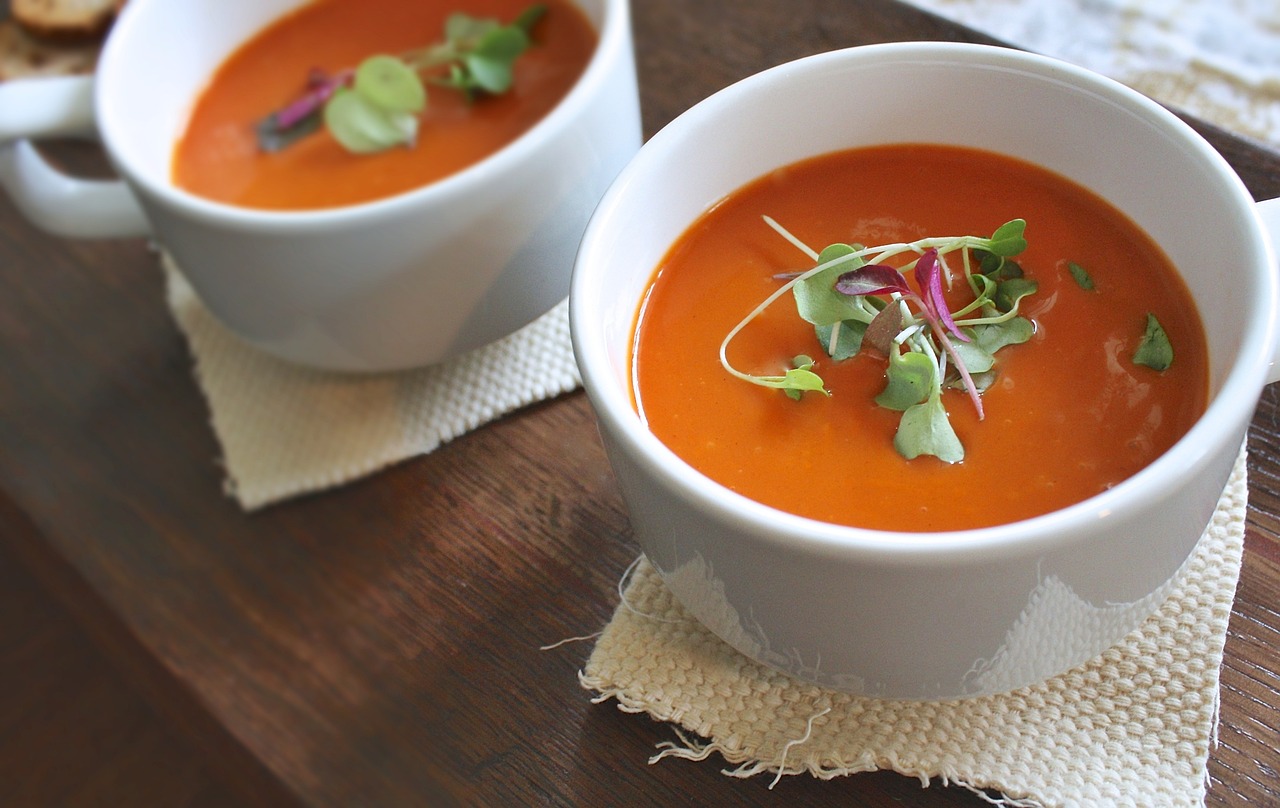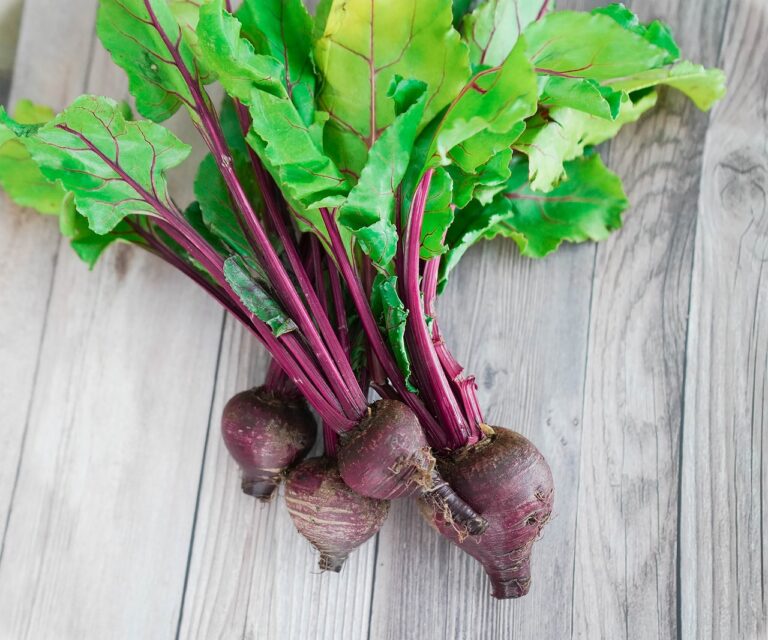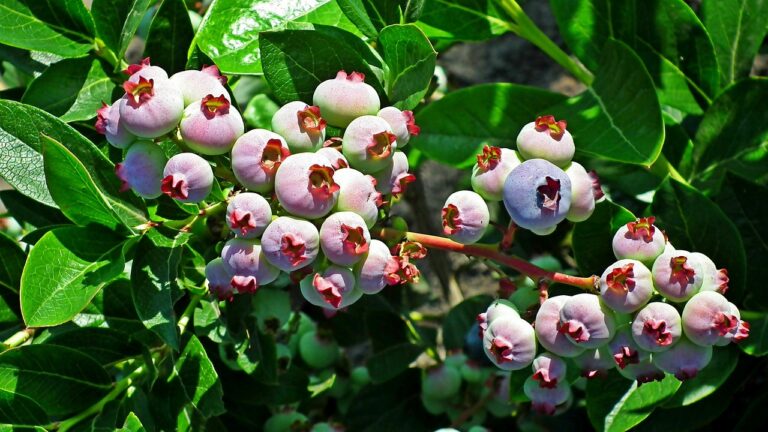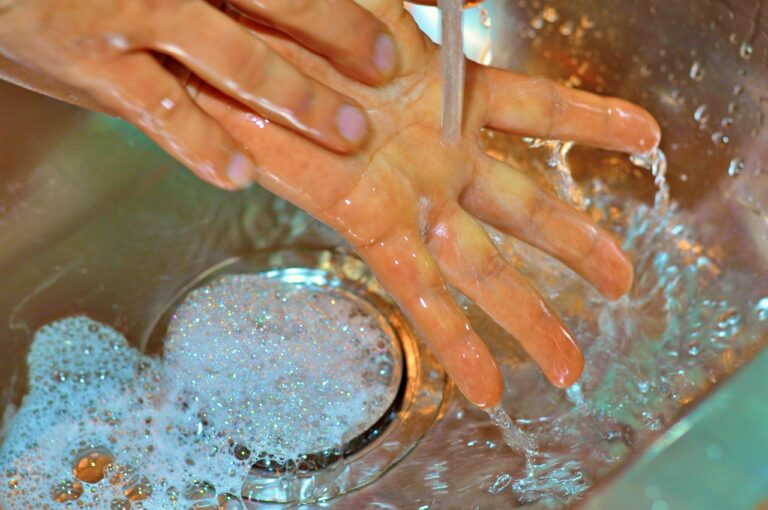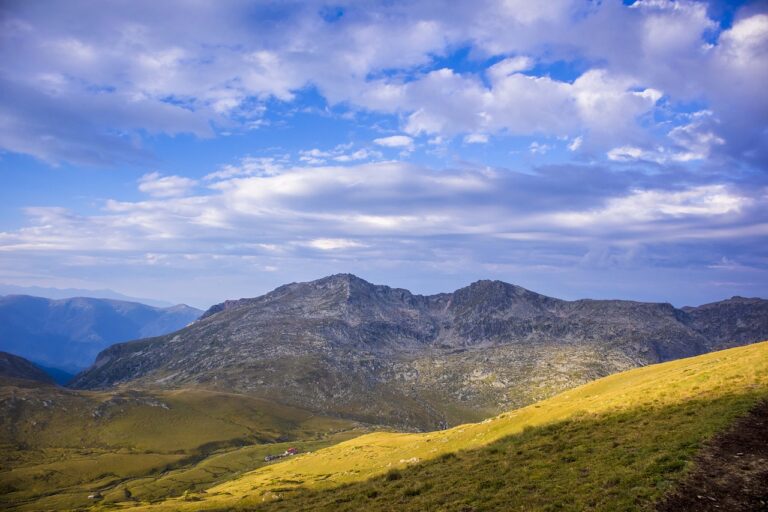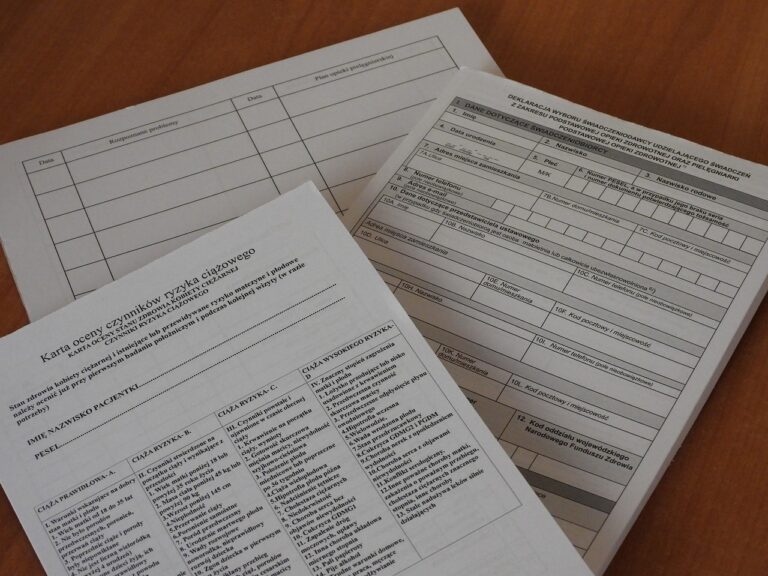The Science of Traditional Healing Practices in Indigenous Cultures
Traditional healing practices play a vital role in Indigenous cultures across the globe. These practices encompass a holistic approach to health and well-being, focusing not only on physical ailments but also on mental, emotional, and spiritual aspects. For many Indigenous communities, traditional healing is deeply rooted in their cultural identity and is seen as a sacred and essential way of maintaining harmony within oneself and with the surrounding environment.
The significance of traditional healing practices lies in their ability to provide a sense of connection to one’s ancestors, land, and heritage. Through rituals, ceremonies, and natural remedies, Indigenous peoples are able to tap into ancient wisdom and knowledge that has been passed down through generations. Traditional healing is not just about curing physical illnesses; it is about restoring balance and harmony to the individual and the community as a whole, creating a sense of unity and interconnectedness that is integral to Indigenous ways of life.
Understanding the Cultural and Spiritual Beliefs behind Traditional Healing
Traditional healing practices in indigenous cultures are deeply rooted in the belief systems and spiritual traditions passed down through generations. These healing methods are seen as holistic approaches that address not only physical ailments but also emotional, mental, and spiritual well-being. The interconnectedness of all aspects of the self is a central tenet in traditional healing, where balance and harmony are sought through rituals, ceremonies, and plant medicines.
Central to the cultural and spiritual beliefs behind traditional healing is the understanding that illness is often viewed as a manifestation of imbalance or disharmony within the individual or community. Traditional healers work to restore this balance by connecting with the spiritual world, seeking guidance from ancestors or spirits, and harnessing the healing powers of nature. Through rituals, prayers, and ceremonies, traditional healers help individuals realign themselves with the natural world and address the root causes of their suffering.
Traditional healing practices are holistic, addressing physical, emotional, mental, and spiritual well-being
Belief in interconnectedness of all aspects of the self is central to traditional healing
Illness is often seen as a manifestation of imbalance or disharmony within individuals or communities
Traditional healers connect with the spiritual world for guidance and use plant medicines for healing
Rituals, prayers, and ceremonies are used to realign individuals with the natural world and address root causes of suffering
Role of Traditional Healers in Indigenous Communities
Traditional healers play a crucial role in the fabric of indigenous communities worldwide. Their knowledge and practices are deeply rooted in cultural and spiritual traditions that have been passed down through generations. These healers serve as the bridge between the physical and spiritual realms, offering holistic healing that addresses not just the symptoms of an ailment, but also its underlying spiritual causes.
In many indigenous cultures, traditional healers are respected and revered members of the community, often holding positions of authority and leadership. They act as spiritual guides, mentors, and counselors, providing not only physical healing but also emotional and mental support to those in need. Their role goes beyond just treating physical ailments; they play a vital part in maintaining the spiritual and emotional well-being of the community as a whole.
What is the significance of traditional healing practices in indigenous cultures?
Traditional healing practices play a vital role in maintaining the physical, mental, and spiritual well-being of indigenous communities. They are deeply rooted in cultural traditions and are often seen as more holistic and interconnected with nature.
How do traditional healers contribute to the well-being of indigenous communities?
Traditional healers serve as mediators between the physical and spiritual worlds, providing guidance, healing, and support to community members. They offer traditional remedies, rituals, and ceremonies to address physical, emotional, and spiritual ailments.
What cultural and spiritual beliefs underlie traditional healing practices?
Traditional healing practices are based on the belief that all aspects of an individual, including physical, emotional, and spiritual, are interconnected. Healing is seen as a collective effort that involves balancing energies and restoring harmony within oneself and with the natural world.
How are traditional healers perceived within indigenous communities?
Traditional healers are respected members of indigenous communities, often holding positions of authority and trust. They are valued for their wisdom, knowledge, and ability to connect with the spiritual realm to provide healing and guidance.
Do traditional healers work in conjunction with modern medical practices?
In many indigenous communities, traditional healers work alongside modern medical practitioners to provide comprehensive care that integrates both traditional and Western approaches to healing. This collaborative approach recognizes the importance of honoring cultural traditions while also addressing physical health needs.

